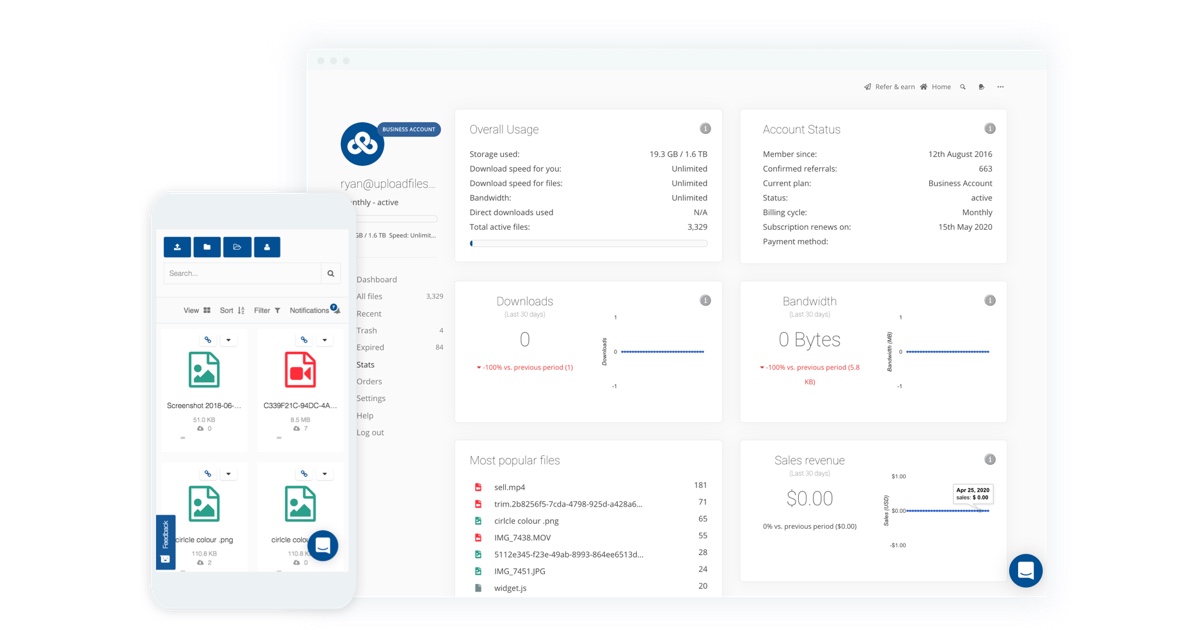
Upload files for free - 552.04_beta_MOD.7z - ufile.io
Download 552.04_beta_MOD.7z for free from ufile.io instantly, no signup required and no popup ads




















As far as I understand DLSS4 will support all RTX cards (starting with 2060). Can we appeal to Elite developers to introduce DLSS4 support in it? I think a lot of people would vote in favor of it.AMD 25.1.1 beta drivers, stripped down as noted in the OP:

Upload files for free - 25.1.1_MOD.7z - ufile.io
Download 25.1.1_MOD.7z for free from ufile.io instantly, no signup required and no popup adsufile.io
NVIDIA 571.96 drivers (slightly newer than the RTX 5000 series press release driver, from the CUDA 12.8 Toolkit), some tools, and DLSS4 binaries from the new Cyberpunk patch:

Upload files for free - 571.96_MOD.7z - ufile.io
Download 571.96_MOD.7z for free from ufile.io instantly, no signup required and no popup adsufile.io
I did not include any customized profile this time, so I recommend manually disabling CUDA P2 state and enabling ReBAR globally with the included nvidiaProfileInspector.
If you want to use the new DLSS4 transformer model ray reconstruction, you'll need to replace the target game's DLSS .dll files with the included ones and use ProfileInspector to force DLSS profile "J" for that game. Results will vary.
Or is it a very difficult task for Cobra?
I think FSR is not so good on NVIDIA cards. And in this case a lot of work is put on the CPU's shoulders.

